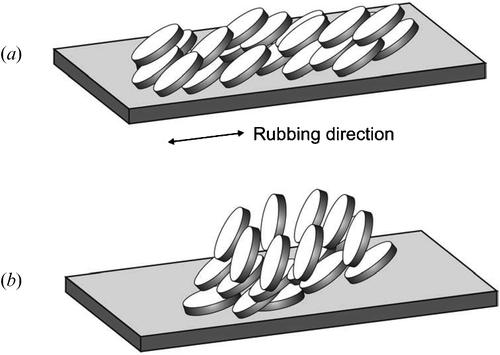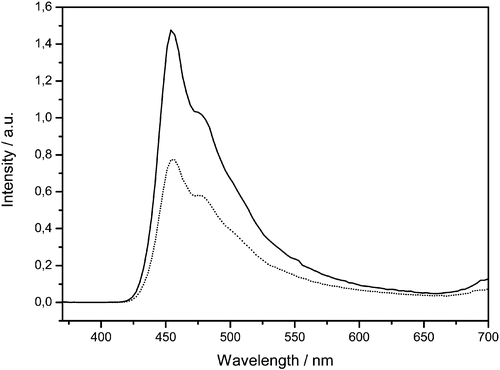Figures & data
Figure 1 Discotic star oligomer1 composed of three radial pentayne groups linked to a central benzene moiety by alkyl spacers.
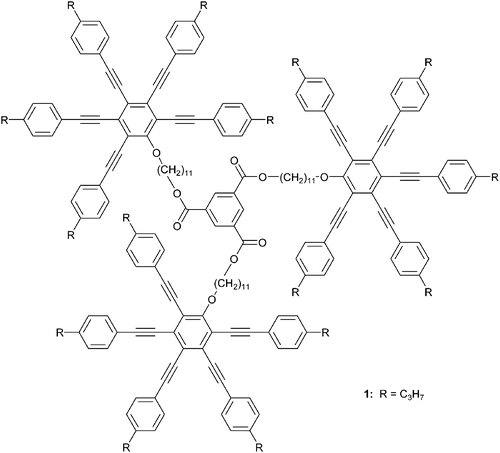
Figure 2 Structure model of the nematic columnar(NCol) bulk mesophase formed by the star‐shaped pentayne oligomer 1.

Figure 3 Schlieren texture of a spin‐coated pentayne 1 film on glass substrate between crossed polarizers after thermal treatment within the mesophase and cooling down to room temperature.
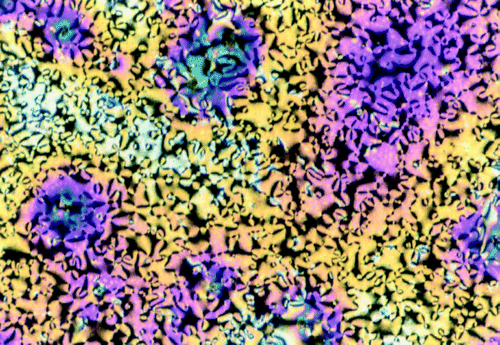
Figure 4 Optical textures of spin‐coated films of the star‐shaped oligomesogen 1 on polyimide alignment layers at room temperature after annealing within the mesophase; a) Polyimide SE‐3140. The disclination lines run predominantly parallel to the rubbing direction of the orientation layer; b) Polyimide ZLI‐2650; c) after rotation of the sample in b) by 45° arround the optical axis.
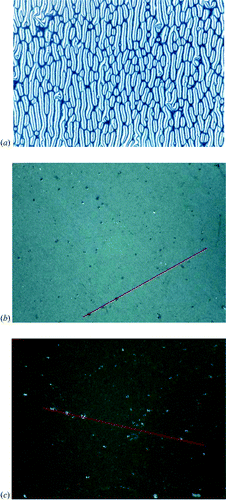
Figure 5 (x) Retardation of a 1.1 µm thick film of compound 1 depending on the incidence angle after thermal treatment on ZLI‐2650 polyimide layer. (+) is a fit of a negatively uniaxial tilted model to the data. The values for incidence angles from 35°–50° were determined at a azimuth differing by 6° from the linear eigenpolarisation and were excluded from the fitting procedure.
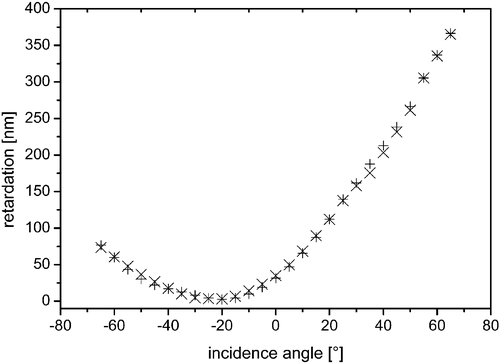
Figure 6 Schematic presentation of possible molecular orientations of the discotic pentayne cores of the star‐shaped oligomesogen 1 after annealing on top of a rubbed polyimide layer; a) Alignment with a uniform tilt angle; b) Splayed orientation with continuous alteration of the tilt angle. The macroscopic orientation is frozen in a glassy state at room temperature.
